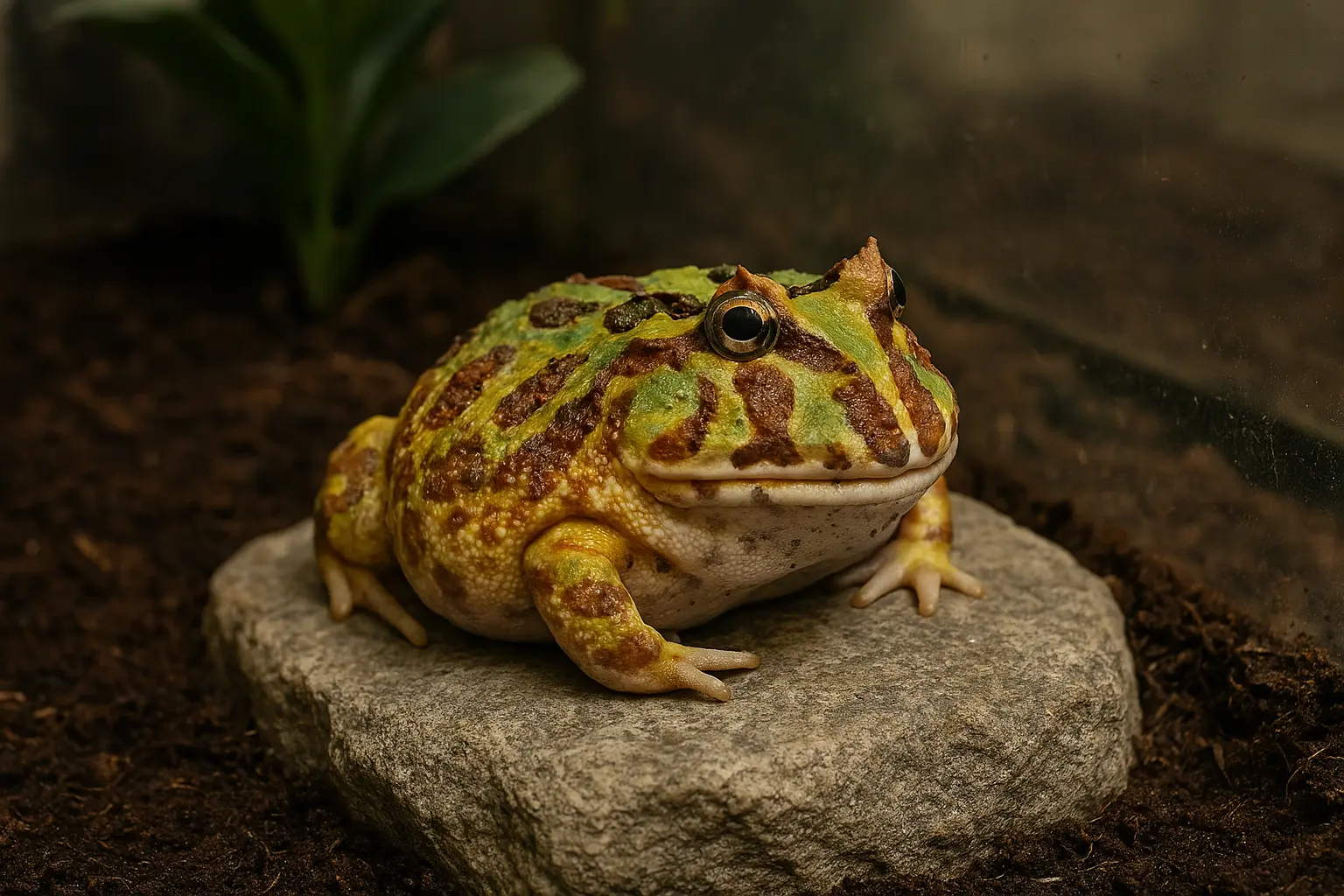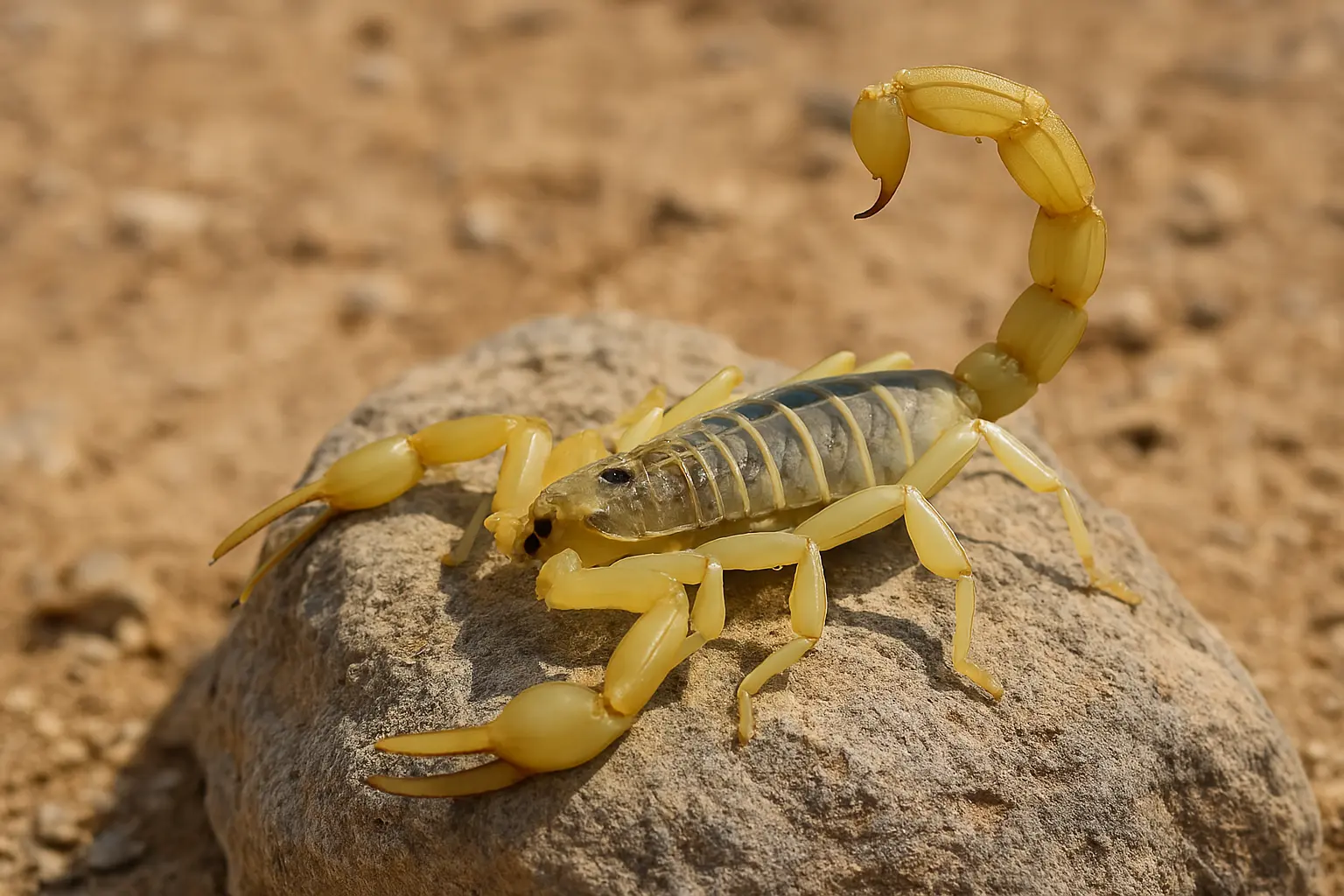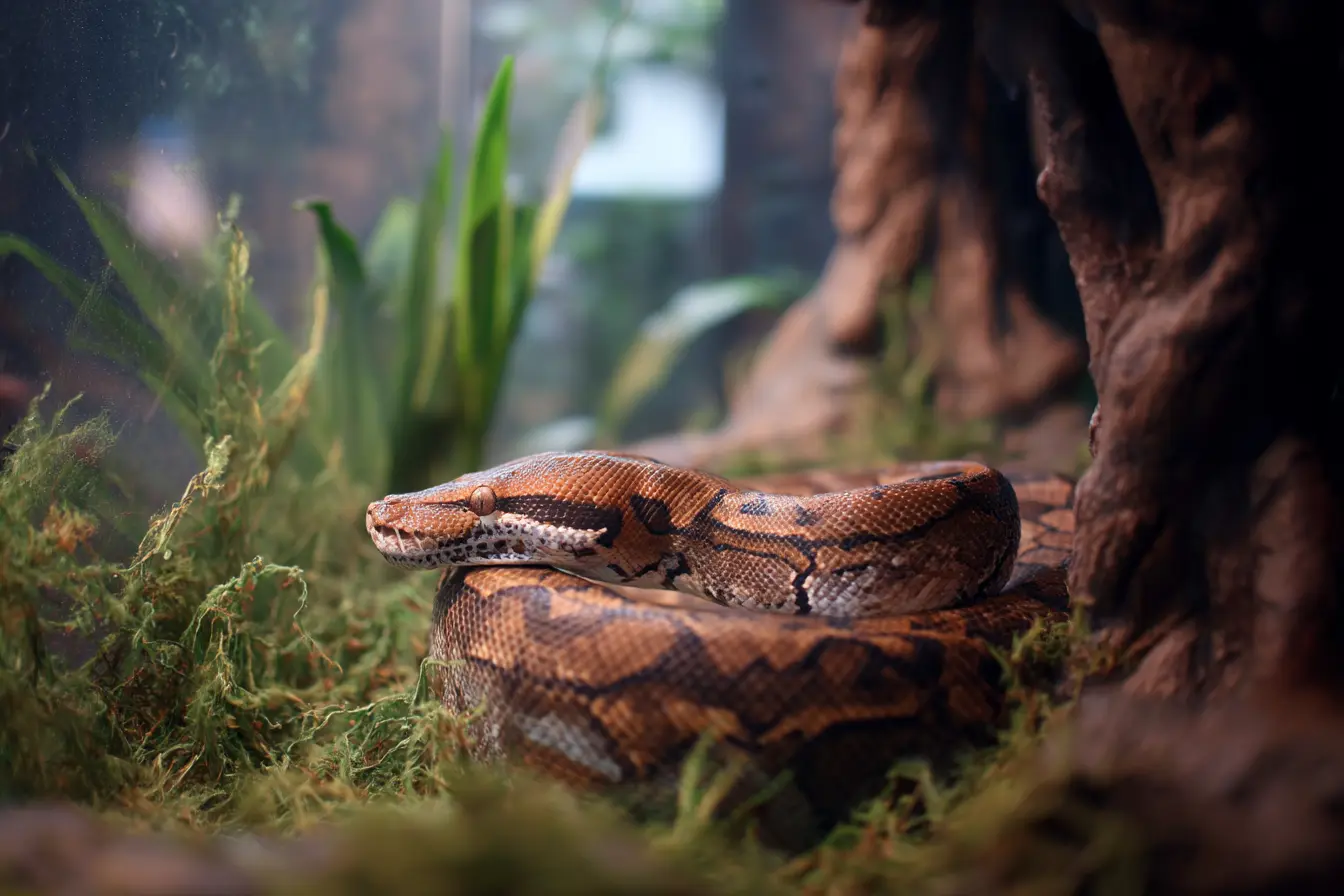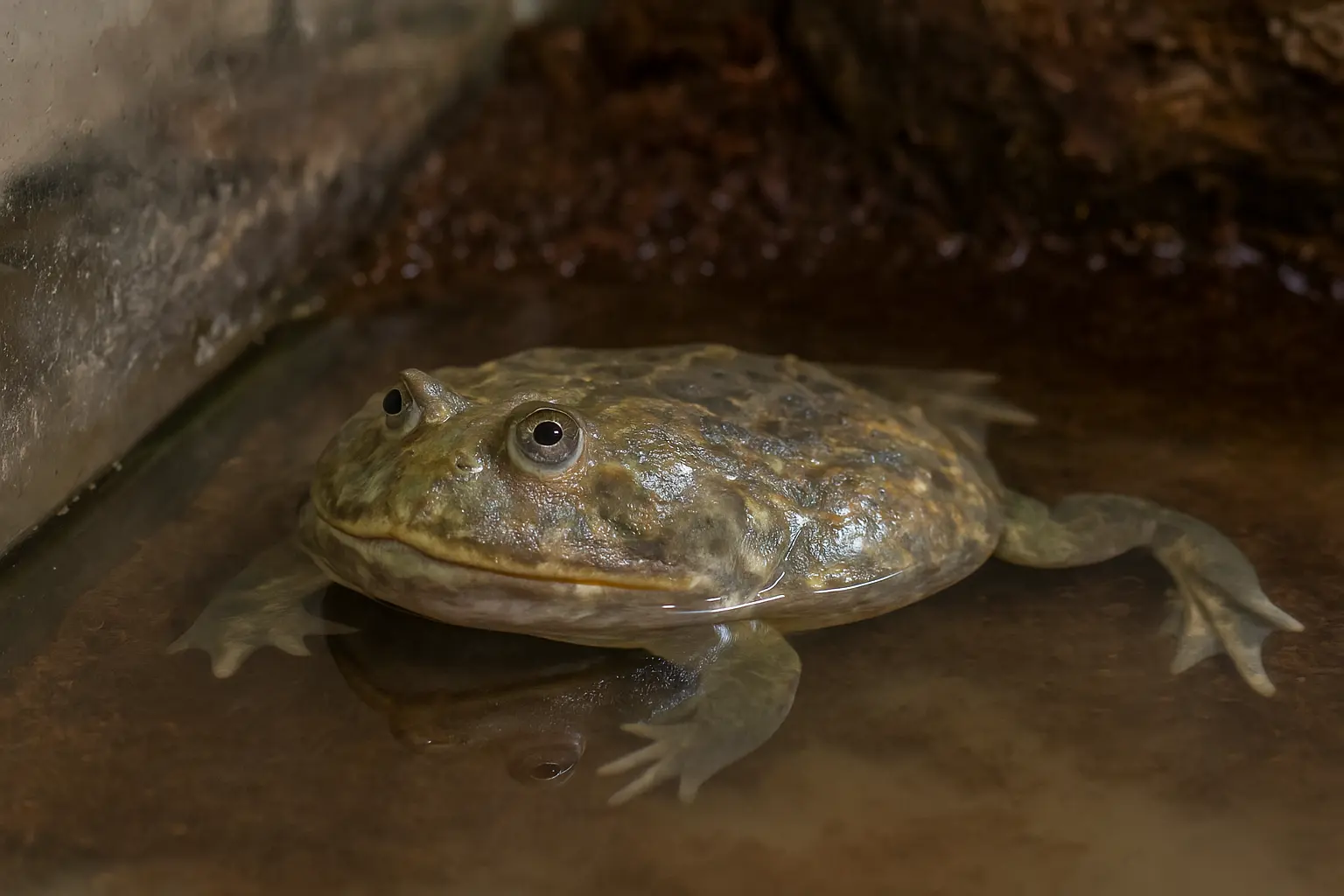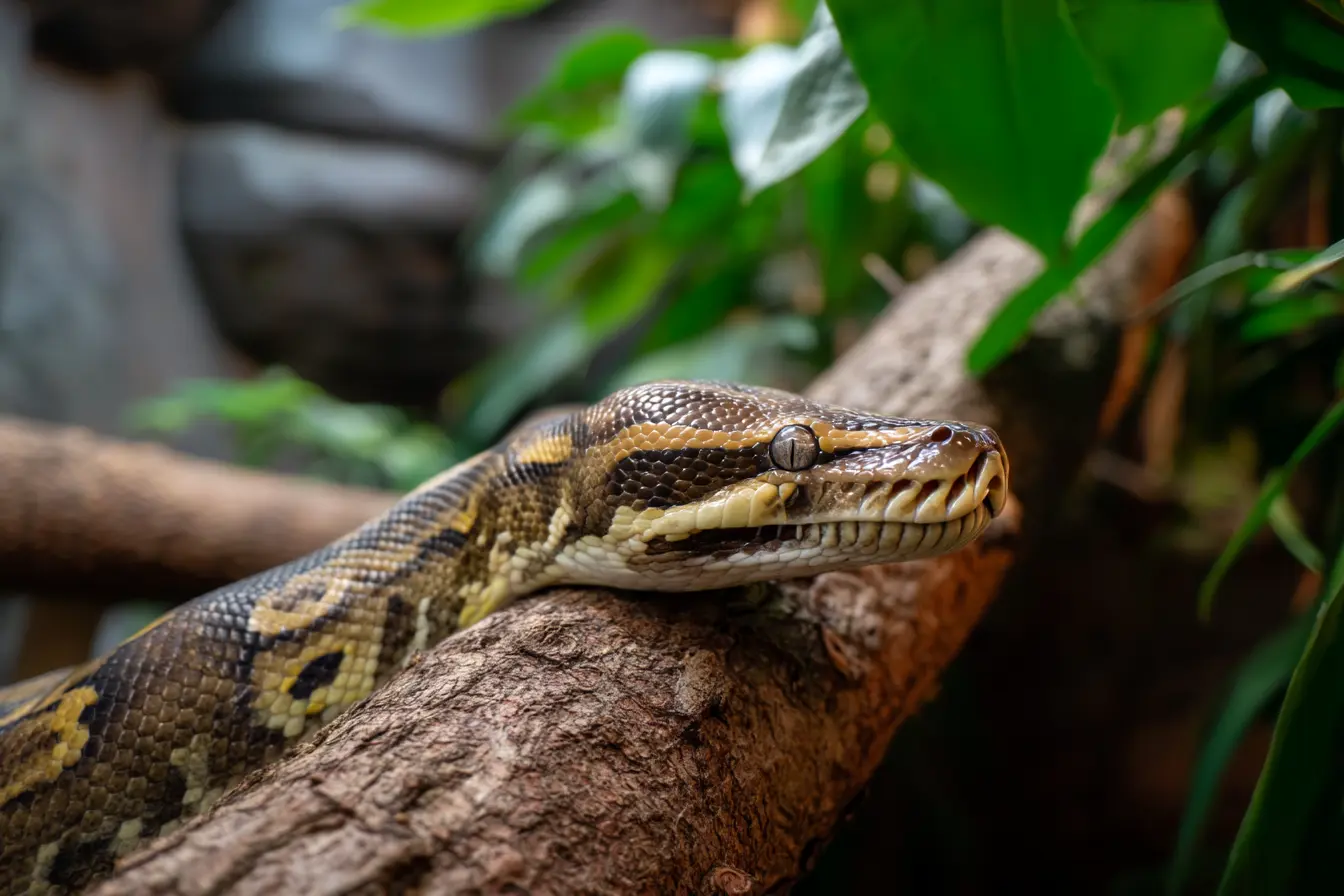
Considering a Burmese Python? What You Need to Know Before Bringing One Home
Burmese pythons are one of the largest and most captivating snake species you can own as a pet. Their impressive size and distinctive patterns make them a popular choice for experienced reptile enthusiasts. However, their care and maintenance require a significant commitment. If you're thinking about getting a Burmese python in the UK, here's everything you need to know to ensure you're fully prepared.
Introduction to Burmese Pythons
Burmese pythons (Python bivittatus) are native to the subtropical and tropical regions of Southeast Asia. They are known for their beautiful brown and gold patterned scales and can grow to be quite large, often exceeding 5 meters (16 feet) in length and weighing over 90 kg (200 lbs).
Legal Requirements in the UK
Dangerous Wild Animals Licence
Burmese pythons are classified under the Dangerous Wild Animals Act 1976 in the UK. This means you'll need a Dangerous Wild Animals Licence from your local council, which involves ensuring that you have the appropriate facilities to keep the snake safely and that you do not pose a risk to the public.
Source Responsibly
Always purchase your Burmese python from a reputable breeder or rescue centre. Ensure that the snake is captive-bred, as wild-caught individuals can have significant health and behavioural issues, and the trade in wild-caught snakes can be detrimental to natural populations.
Setting Up the Ideal Habitat
Enclosure
- Size: The enclosure for a Burmese python should be spacious enough to accommodate its large size, ideally at least twice the length of the snake and at least as long as the snake in width.
- Heating: Maintain a temperature gradient from 28°C (82°F) at the cool end to 32°C (90°F) at the basking spot.
- Humidity: These snakes thrive in high humidity environments, between 50-60%.
- Substrate: Cypress mulch, coconut fibre, or specially formulated reptile bark works well to maintain humidity levels and comfort.
Security
- Escape-proof: Given their size and strength, ensuring the enclosure is secure and escape-proof is crucial to prevent accidents.
Diet and Nutrition
Burmese pythons are carnivorous and require a diet consisting of appropriately sized prey:
- Frequency: Young pythons may eat weekly, while adults can be fed every 1-2 weeks.
- Prey Size: Prey items should be no larger than the python's girth to avoid health issues.
- Feeding Method: Pre-killed or frozen-thawed prey is recommended to avoid injury to the snake.
Health Considerations
Regular health checks are vital. Common health issues in Burmese pythons include respiratory infections, parasitic infections, and obesity. Consult with a vet experienced with large reptiles for regular health assessments.
Handling and Behaviour
Despite their size, Burmese pythons can be docile if handled regularly and gently from a young age. However, due to their strength and potential size, handling should always be performed with caution and ideally with more than one person as the snake grows.
Conclusion
Owning a Burmese python is not for everyone. It requires a significant investment of time, resources, and space. However, for the right owner, a Burmese python can be a rewarding companion. Ensure that you are fully prepared for the responsibility to provide a safe and enriching life for your new pet.
Related Vets
Vets near you
Speciality vets
- Aquatics vet specialists
- Birds vet specialists
- Camelids vet specialists
- Cats vet specialists
- Cattle vet specialists
- Deer vet specialists
- Dogs vet specialists
- Equines vet specialists
- Exotic vet specialists
- Goats vet specialists
- Pigs vet specialists
- Poultry vet specialists
- Sheep vet specialists
- Small Mammals vet specialists
- Wild vet specialists
